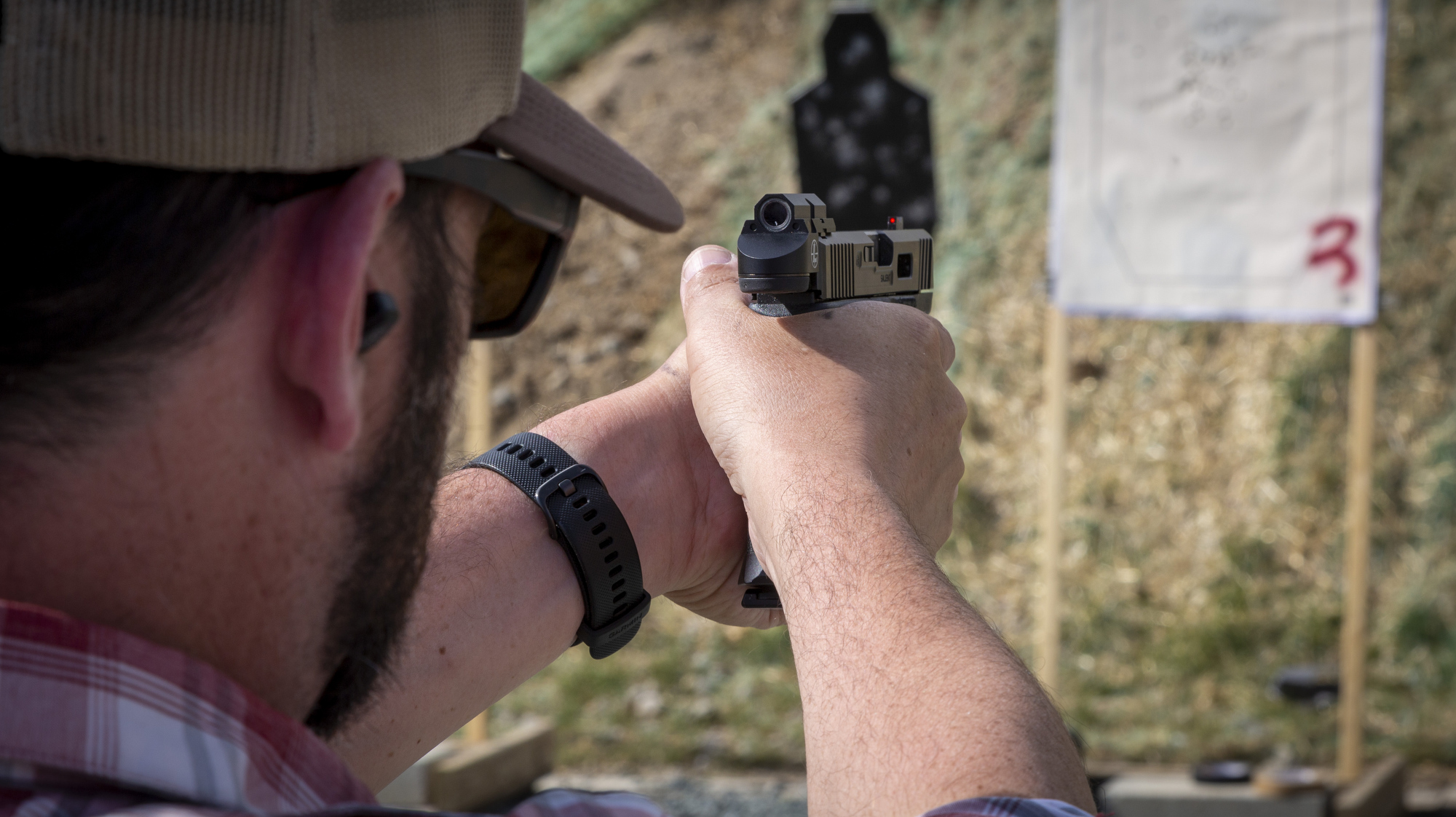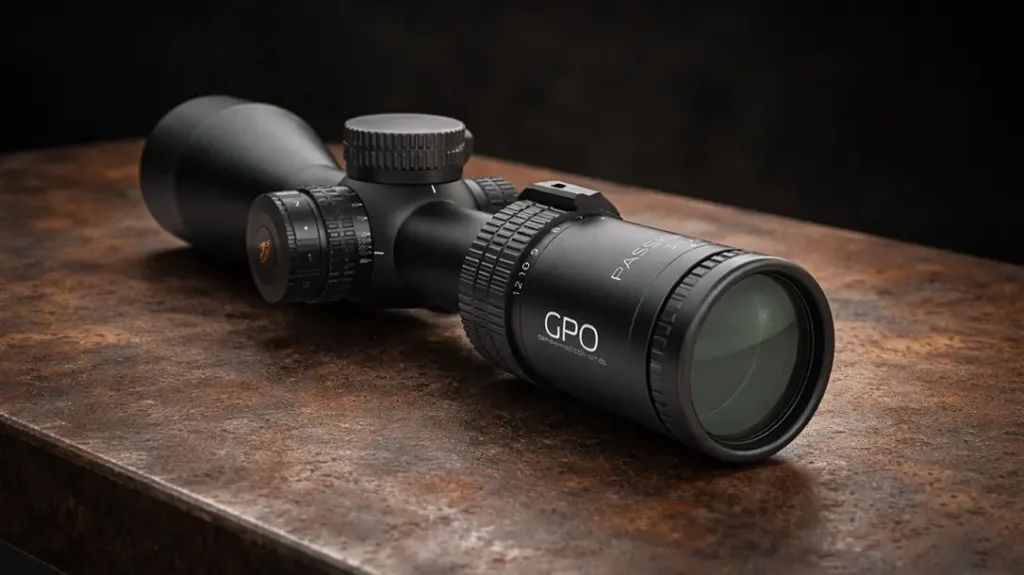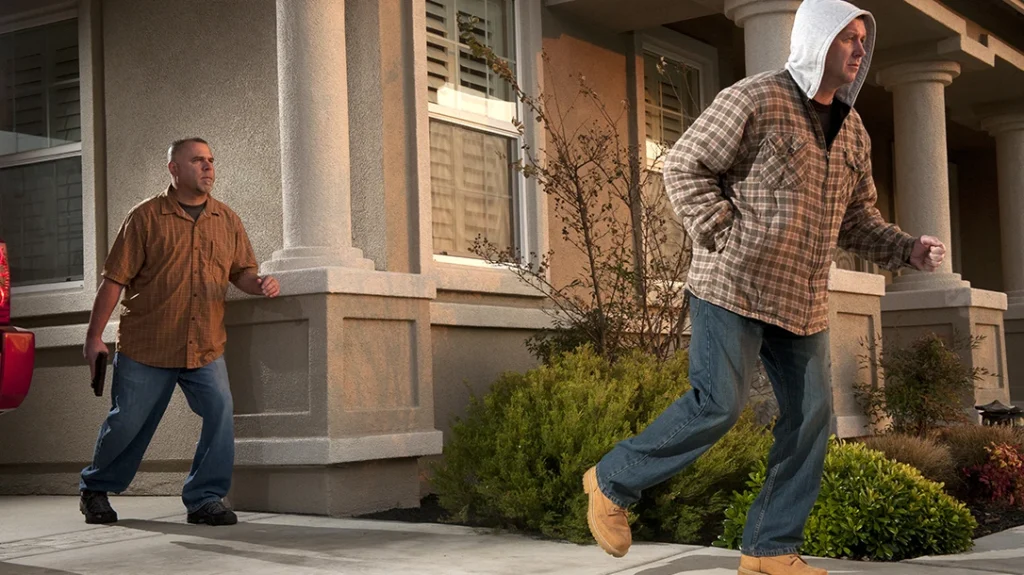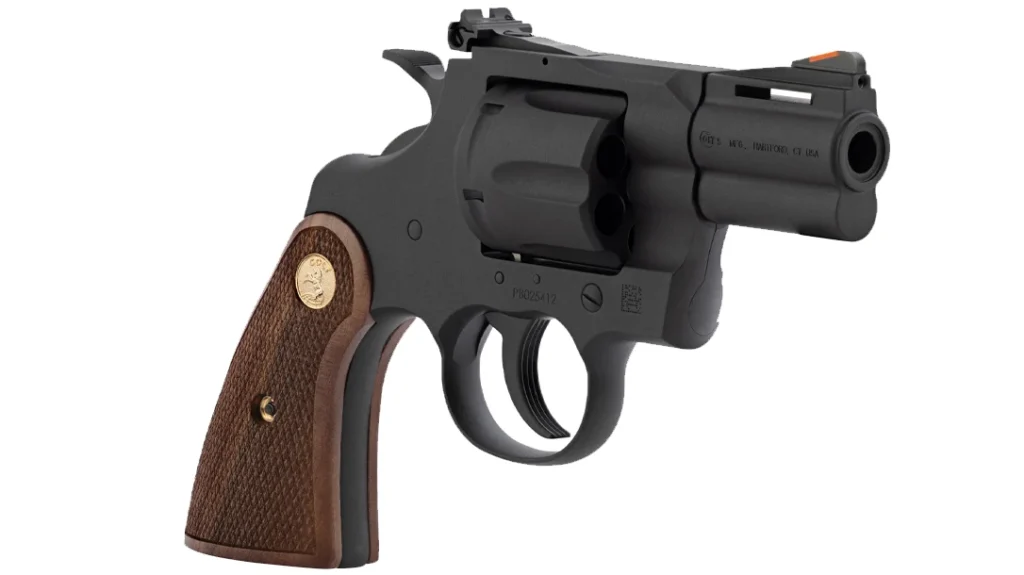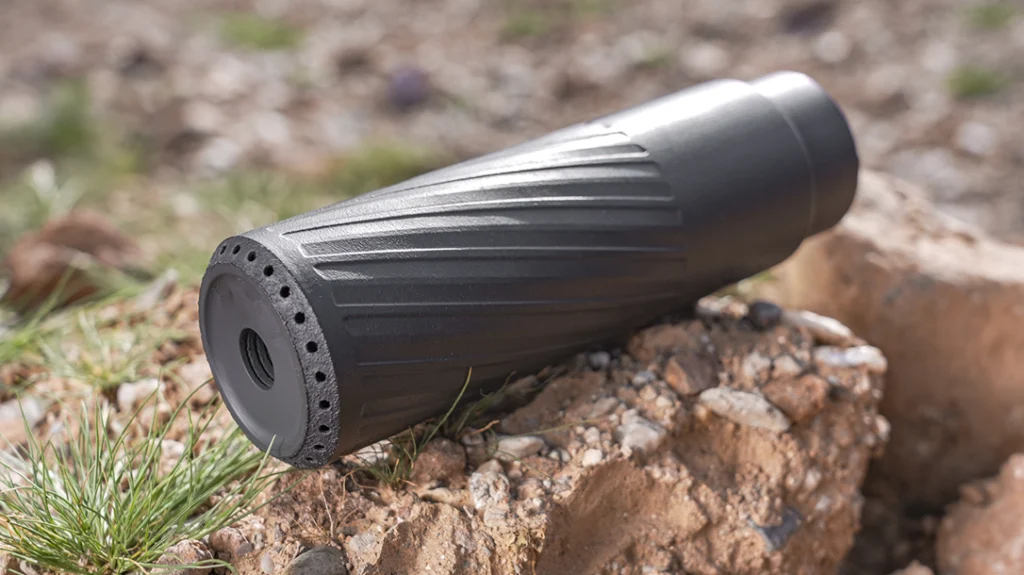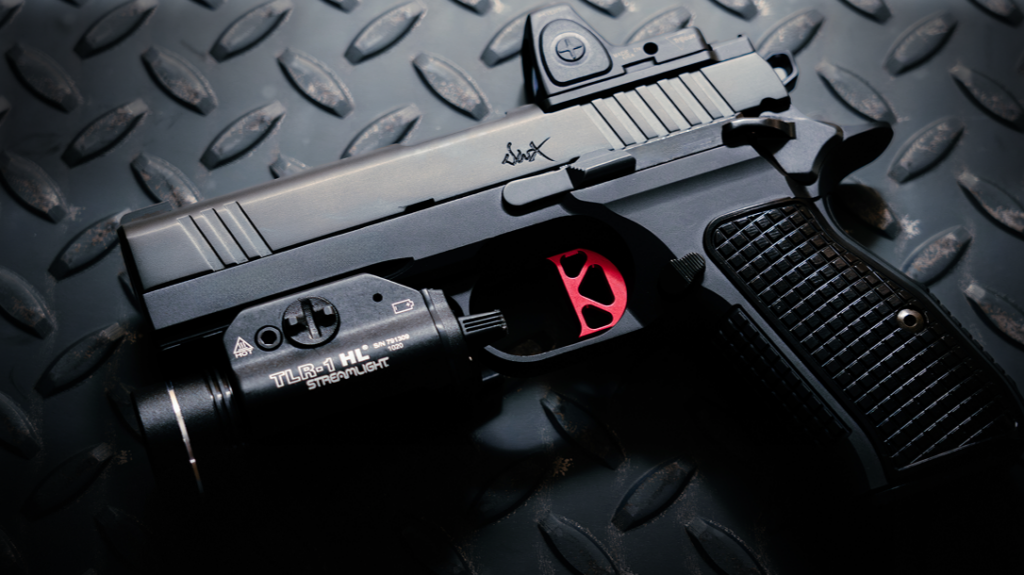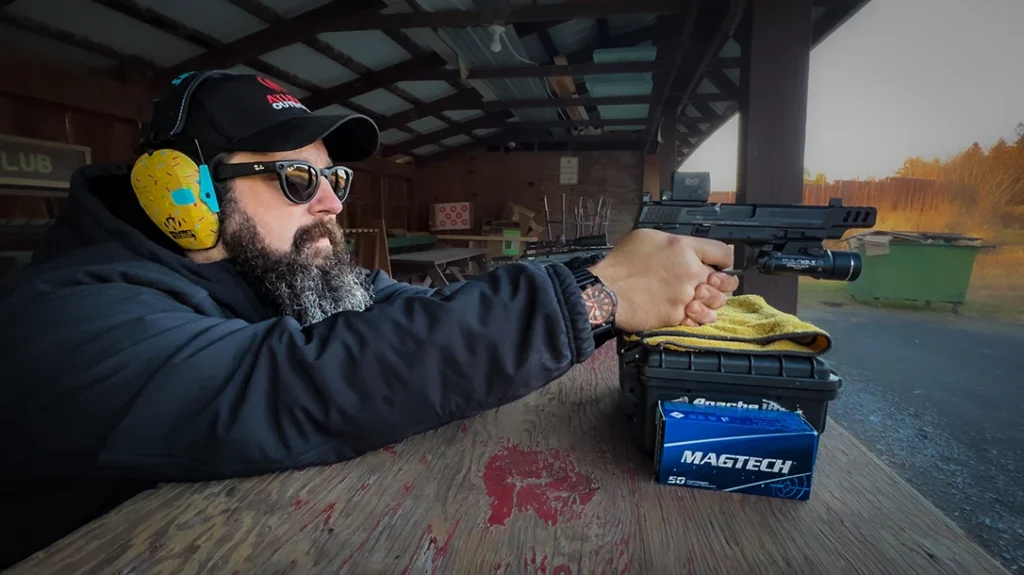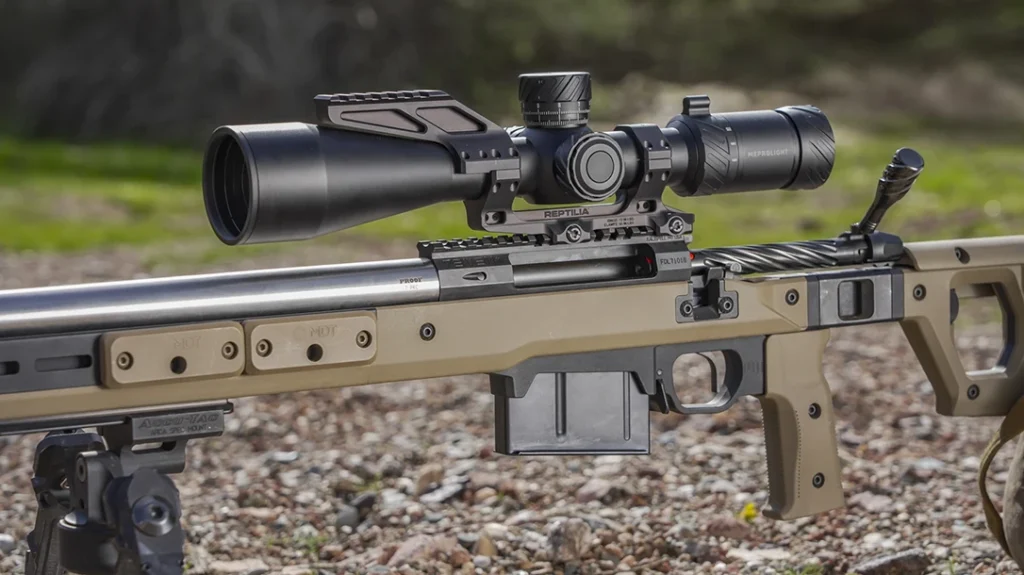You’re not going to get any better if you don’t practice. There’s no way to know if your scope is dialed in, if the ammo you reloaded is functioning properly, or if you are at the level of comfort with your firearm that you wish to be if you don’t get to use it. And there’s no way to gain target practice experience if you never get out there and hole up some targets. You’ve got to get out of the house for a range day – be it an indoor range or a DIY shooting range somewhere out in the woods.
There is a good solution to this problem if you enjoy a homestead of a few acres of space and distant neighbors, but if you’re a city dweller, Johnny Law and Billy Neighbor frown on popping off a few hundred rounds in the backyard. With target practice enthusiasm on the rise around the country, there are no shortages of outdoor and indoor shooting ranges for city dwellers (and their country counterparts). However, sometimes the local ranges have exorbitant fees, odd hours, and draconian regulations.
The best solution is to load up the family truckster and head for the hills where you can set up a DIY shooting range and blast through brass to your heart’s content. For this to happen, of course, you’ll need a few things. Sure, all you need is your favorite pew factory and something to shoot at, but since this is the 21st Century, it is time to do things right. Luckily, we know just where to get the gear you need for your own personal day at the range.
Advertisement — Continue Reading Below
Where to Go
Laws are different all around the country and this no more holds true than when dealing with the 2nd Amendment. Ideally, responsible people could set up a DIY shooting range for plinking nearly anywhere it is safe to do so (and not a noise nuisance to nearby people). However, more and more people these days will clamor to the phone at the very sight of a gun, so it is best to recuse yourself and your makeshift range as far away from society as you can, aka, away from the city. This way, the only people you will likely run into are those with similar interests.
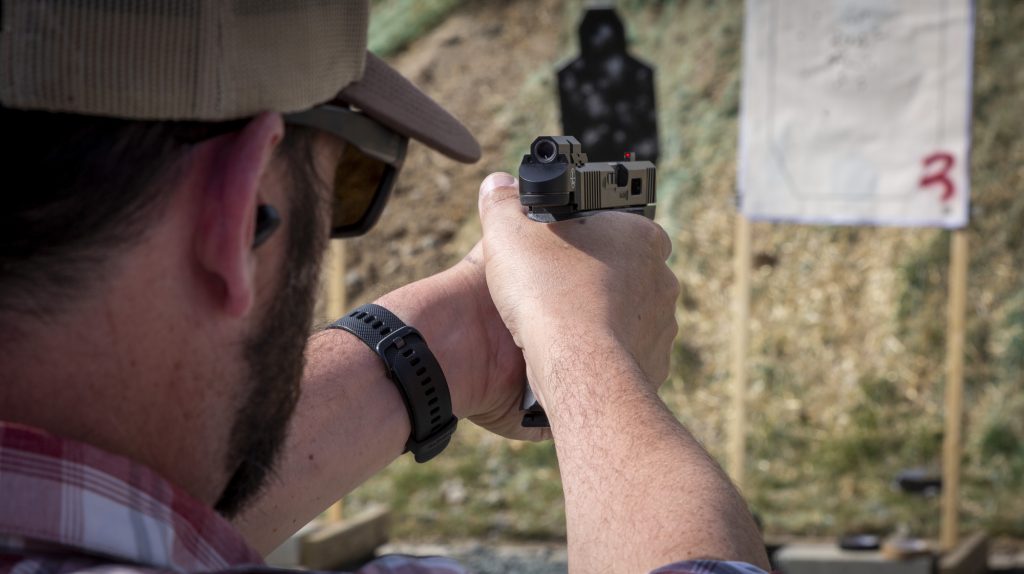
Wide open areas or those with a long stretch of ground with a berm or hill rising at the end will work best, anything that can contain your flying lead should a shot go wild. Make sure there are no houses or people nearby (especially hidden on the other side of the hill). Confirm that you are either on public land or have gained permission from the owner. Or, if you’ve got land and close proximity to a Home Depot, you can build your own backyard shooting range.
Advertisement — Continue Reading Below
Of course, this should go without saying, but once you are done making confetti out of your targets, clean up your mess and leave the land better than when you found it (including your brass).
What to Bring
You can easily get away with the bare minimum here—shells and shooting iron—but you may want to consider a few extra details to make your day more pleasant and safe.
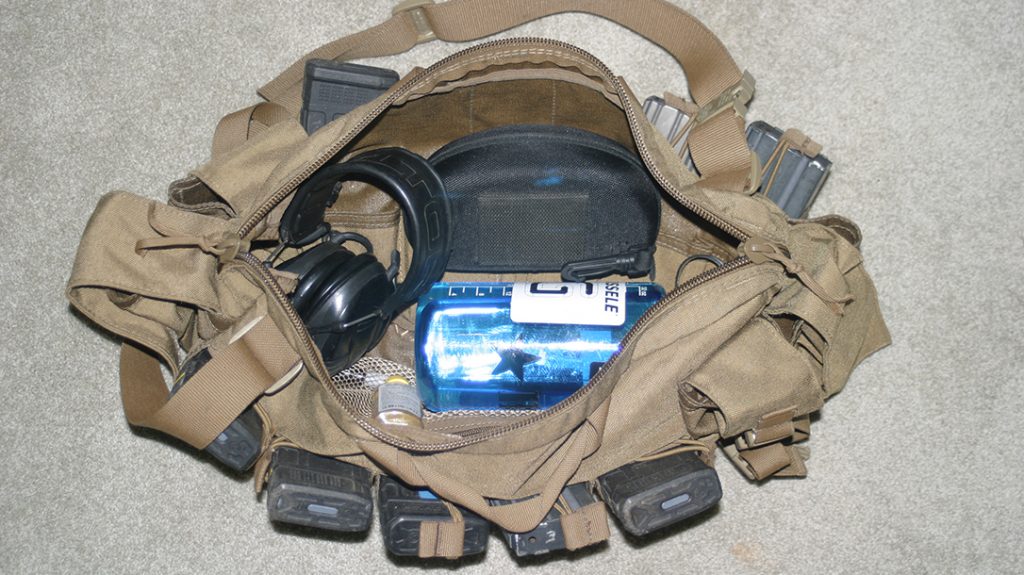
Advertisement — Continue Reading Below
Food and Water
You’re feeding your handgun or rifle shells and cleaning oil, why not feed yourself? Staying well-fed and hydrated makes you more focused so you’ll have better concentration and you’ll be a better shot. Leave the alcohol at home or, at least, you’re done shooting for the day. Booze and bullets don’t mix, and if the long arm of the law should roll up, you’ll have an uncomfortable situation on your hands.
Range Bags
Throwing your rifle onto the gun rack in the back window of your truck is a thing of the 70s. Not only does it make people wring their hands and clutch their pearls in anxiety, but it also advertises to would-be thieves that you’ve got some valuable guns ripe for the taking. Plus, it is illegal in many states. The best practice is to keep them in locked range bags and rifle cases, properly stowed in the truck or under the back seat.
Ammo Boxes
If all you have are the traditional Army surplus metal ammo cans, great; they work perfectly at transporting boxes of ammo. However, several companies offer a wide range of ammo crates and storage options that make the organization and transportation of your ammo easy.
Advertisement — Continue Reading Below
First Aid
As much as we hate to admit it, and as much as we think we are infallible, accidents happen. Ricochets come without warning and sometimes firearms fail spectacularly. In case of this—and you really shouldn’t leave home without one anyways—consider packing in your range gear a well-appointed first aid kit that has the capabilities of treating gunshot wounds. This kit should include a tourniquet.
Safety Gear
Practice should be fun, and losing your hearing or an eye because you weren’t properly prepared isn’t fun. Of course, you know you must have shooting glasses and ears and/or plugs on the range. You can spend hundreds of dollars on getting the best or you can be protected with reasonably priced versions. Most people start out with a cheap pair of hearing protection and graduate to more sophisticated gear.
Tools
It’s generally a good idea to bring to your gun range items that help you deal with minor mishaps and uncommon needs. Consider packing a small cleaning kit and some lube as well as some specific and general-purpose tools if you run into some minor malfunction or your firearm needs adjustment. As well, a roll of duct tape is handy for taping up targets or covering previous shots on your target.
Advertisement — Continue Reading Below
Targets
It is always nice to have something to shoot at that isn’t a piece of trash you found on the side of the road. There are several great companies that provide all manner of paper and steel targets specific to types of firearms, events, or subjects.
What to Wear
Simply put, wear what works best with the weather you plan to be in. That said, you may want to consider long-sleeve shirts and pants as a barrier to lead splatter (if you’re shooting close range) and/or hot brass ejecting at your skin. A brimmed hat is also a good idea. It not only keeps out the sun but it keeps brass from hitting you in the head or raining down between your forehead and glasses.
Avoid wearing baggy and excessively loose shirts, sleeves, and even pants. It will hinder your ability to handle your firearms efficiently. Stick to wearing, tighter-fitting t-shirts that are maneuverable and comfortable. Wear closed-toe shoes or boots for better grip and to ensure a proper firing stance. Open-toe shoes and sandals are inappropriate and will leave your feet vulnerable to a wide variety of risks.
Advertisement — Continue Reading Below
Five DIY Shooting Range Skills to Practice
1. Prepare Everything Before Arrival
Whether lubricating a firearm or loading magazines, these activities waste daylight, but the real cost of not preparing beforehand is the drain on your attention. A big part of marksmanship training is your ability to focus. Your mental energy is at its highest at the beginning of a training session. Harness these initial moments by not distracting yourself with where your magazines are and how many bullets need to be loaded for your warm-up exercise.

2. Bring Small Targets Too
Smaller-sized targets force you to hone in on the proper application of the fundamentals. Whereas hanging a full-size silhouette at seven yards can create false-positive feedback with skills development. You will get more out of shooting at a two-inch dot at three yards than you will just the A-Box of a silhouette at 10 yards.
Advertisement — Continue Reading Below
3. Focus On Strict Margins of Accuracy
Instead of sending the target all the way to the end of the range, focus on shooting much stricter margins of accuracy (e.g. two-inch dots) at three yards. Stricter accuracy standards at close distances will also force you to diagnose micro-errors with your application of the fundamentals, versus shooting at a 12-inch bullseye that is more forgiving with error.
4. Save Ammo By Working On Hand Speed
If you are short on ammo, don’t cut your day short. Instead on hand speed or perform tabling drills. A tabling drill is when you set an unloaded firearm on the table or bench in front of you and, on command, pick up the firearm, load it, then shoot. Tabling drills are great because their deviation from draw stroke movements forces you to work on purposeful speed in a different way.
5. Leave When You Start Reaching Diminishing Returns
A big mistake that’s easy to make is assuming that if we just shoot more ammo, we will improve. This mentality wastes money and does allow for improvement. If your performance is slacking and it is towards the end of the day, reduce your speed, finish your exercise, and pack it up. If you continue, your practice might turn into an unending rat hole of frustration. Understand the difference between when you need to slow down to work on something, versus when your energy is waning and it’s time to call it a day.
Advertisement — Continue Reading Below
Most importantly, have fun. Target practice is serious business, yes, as you are dealing with a deadly force. However, it doesn’t mean you can’t have an enjoyable day with your friends and family on your DIY shooting range. Happy shooting!
